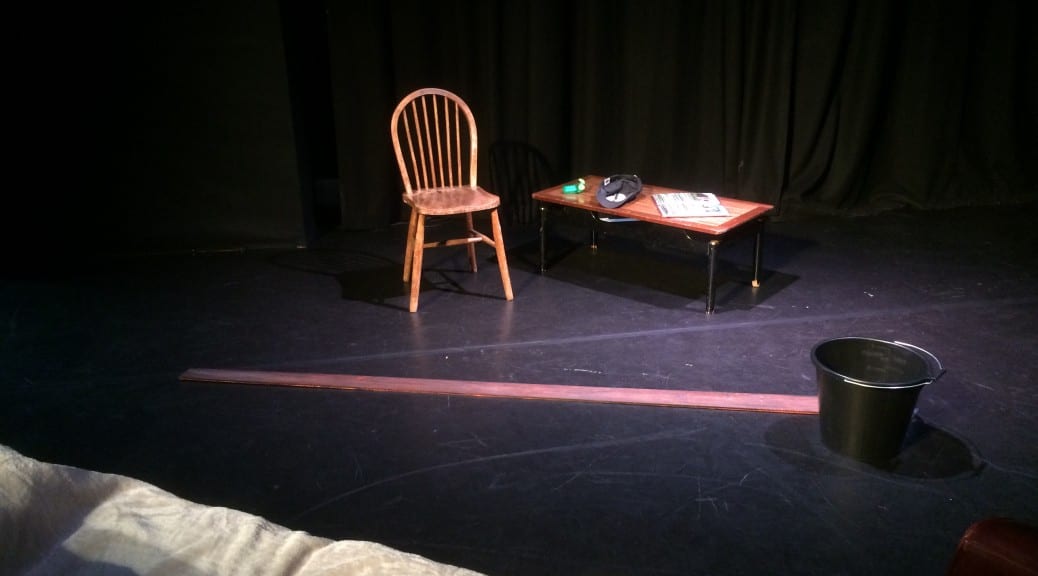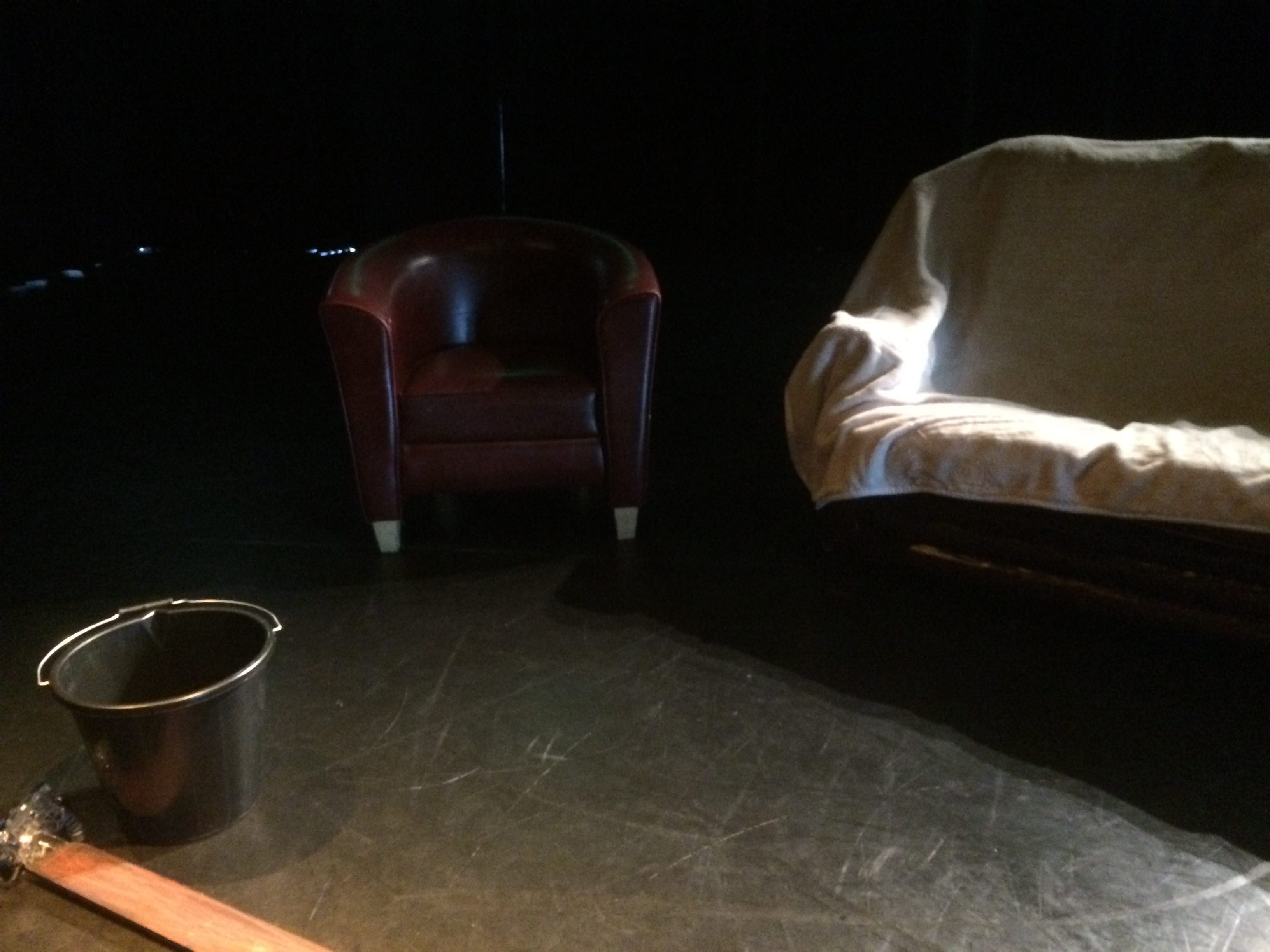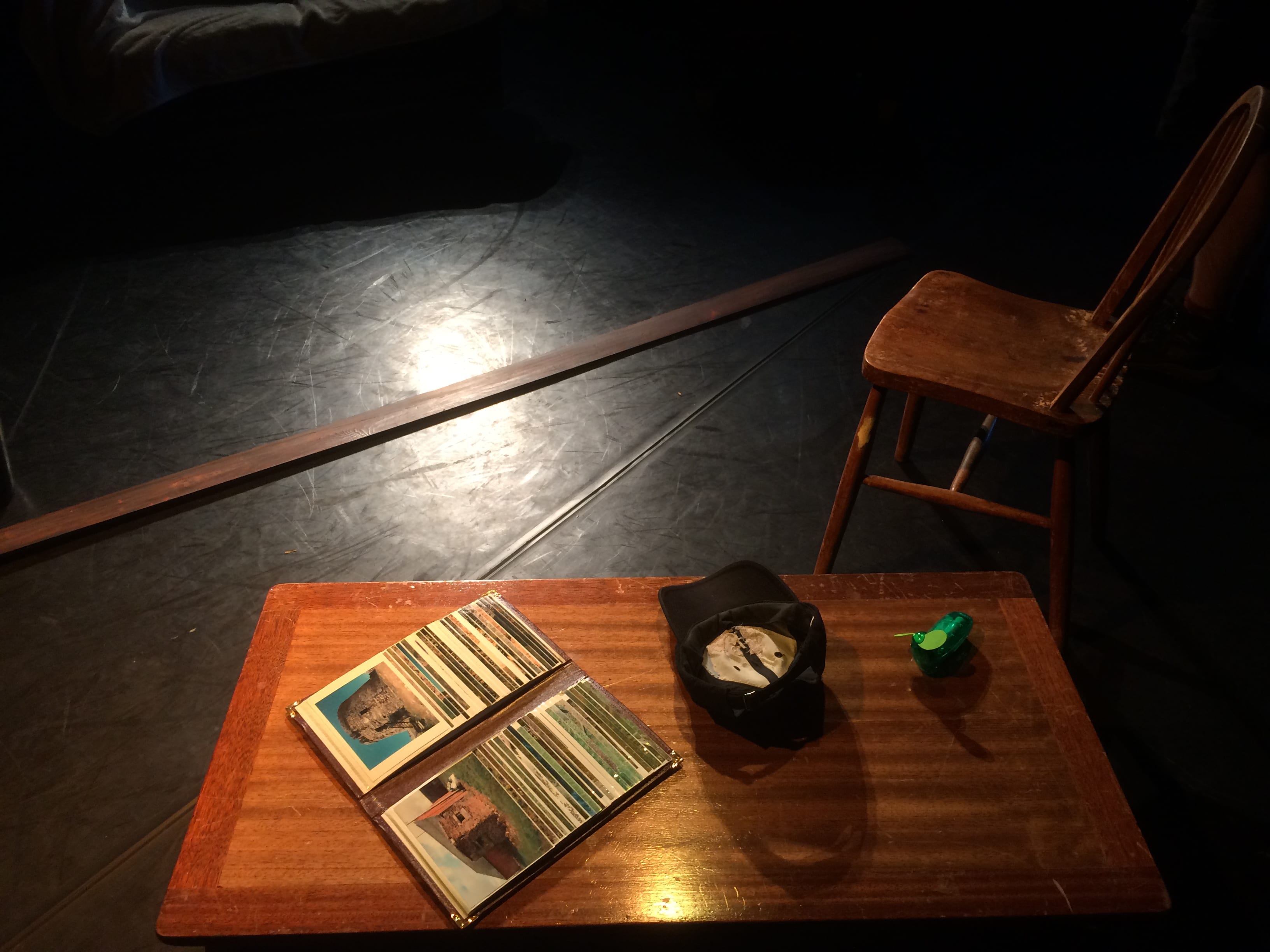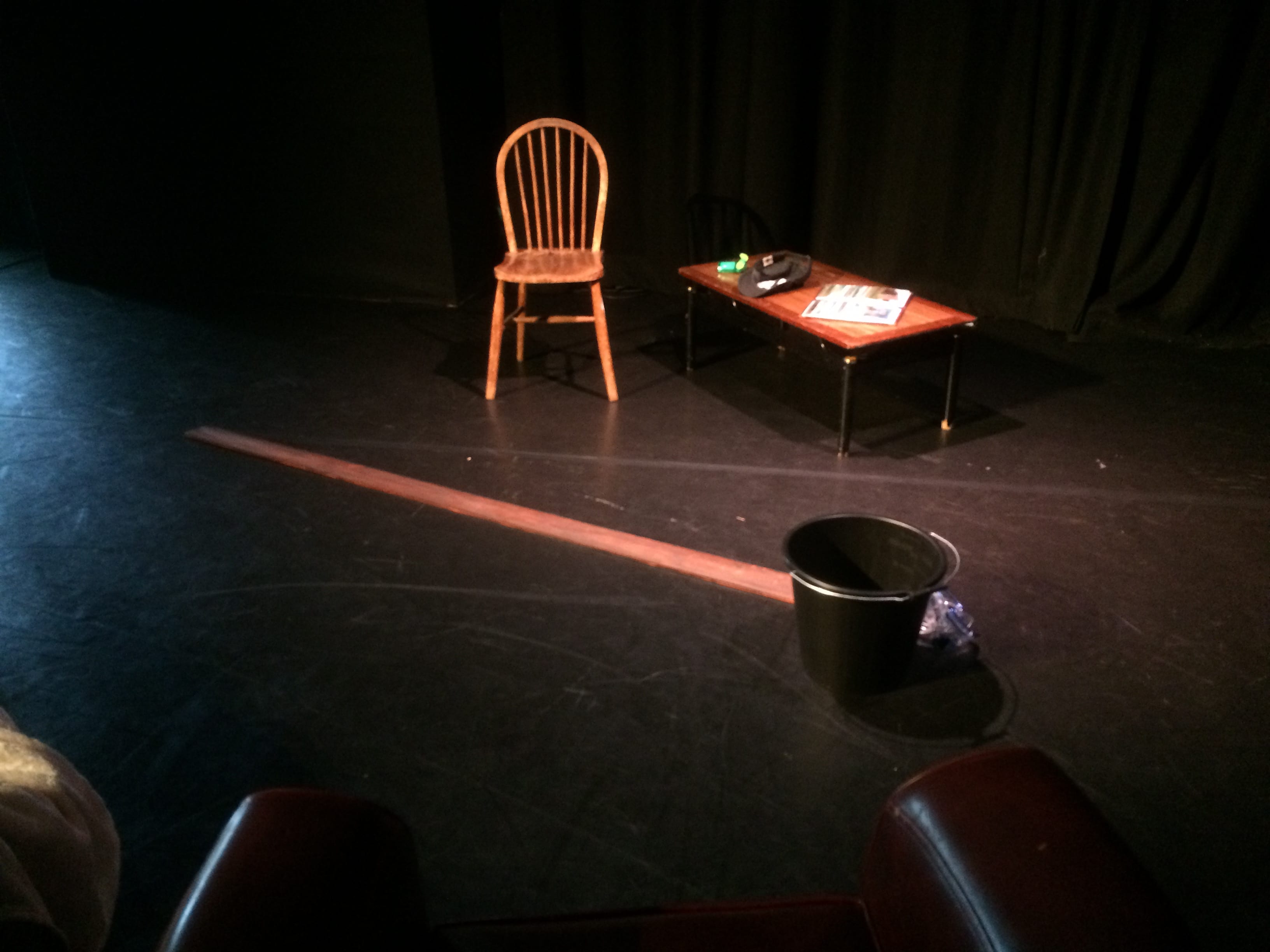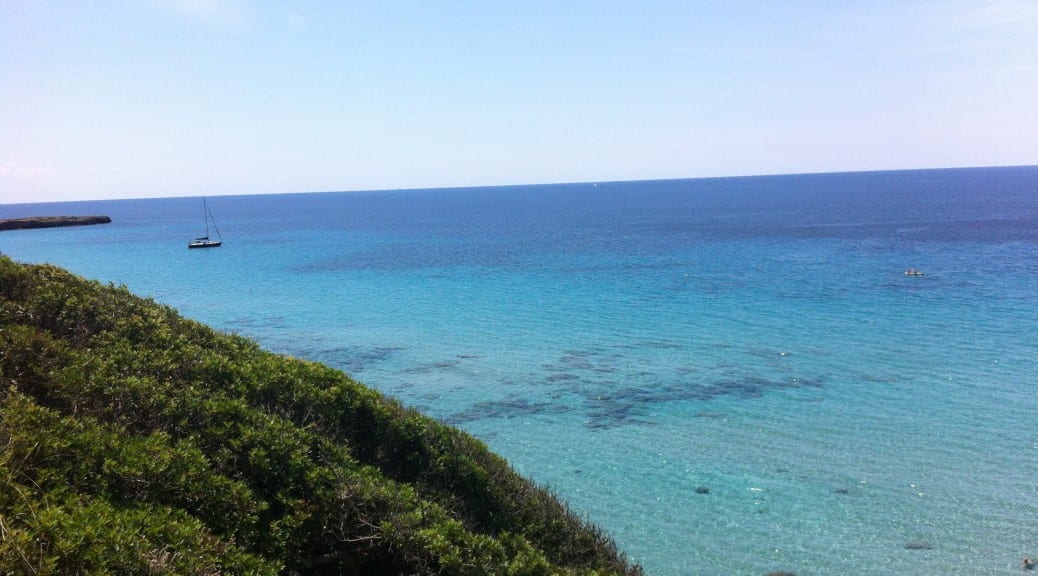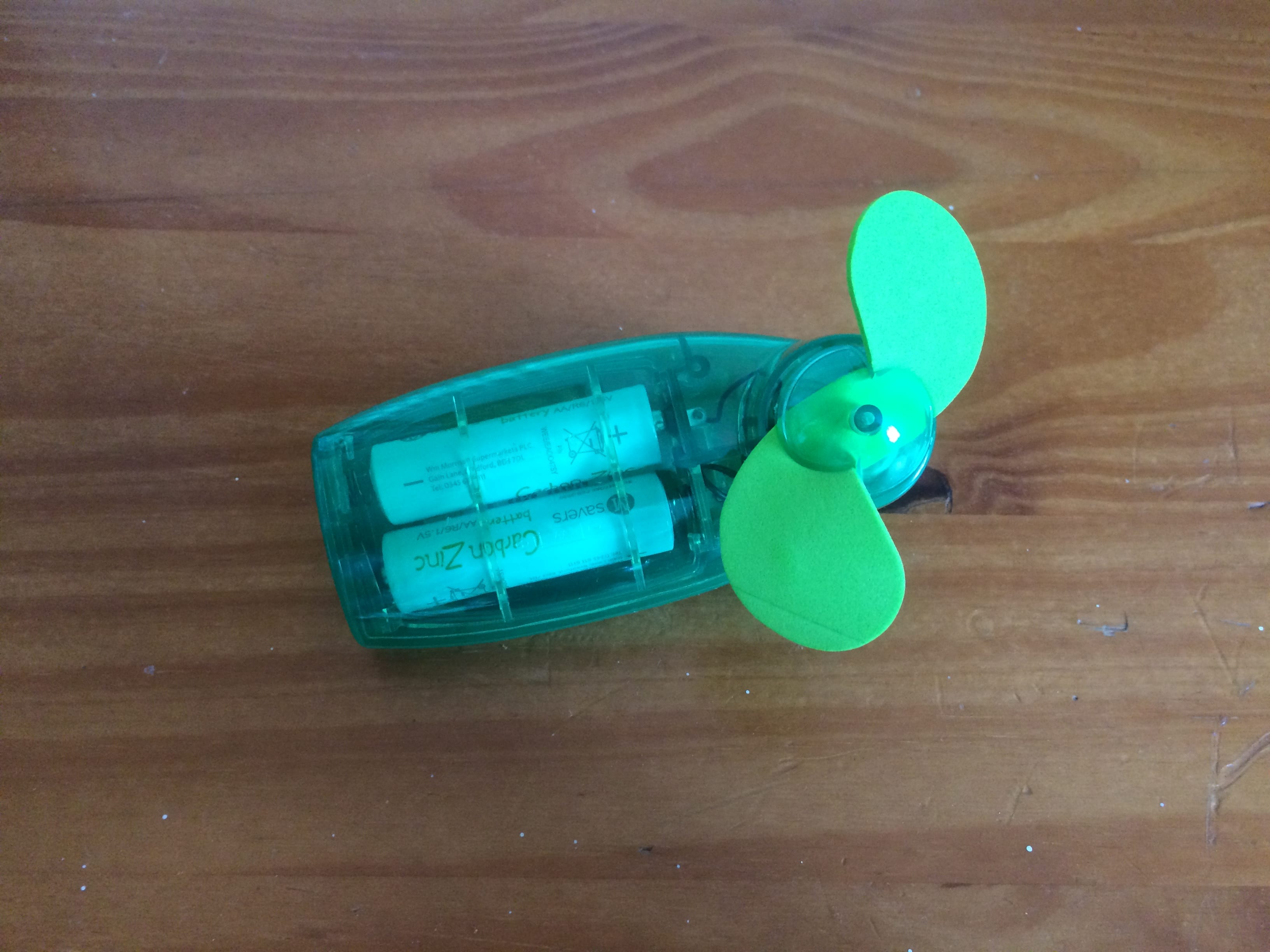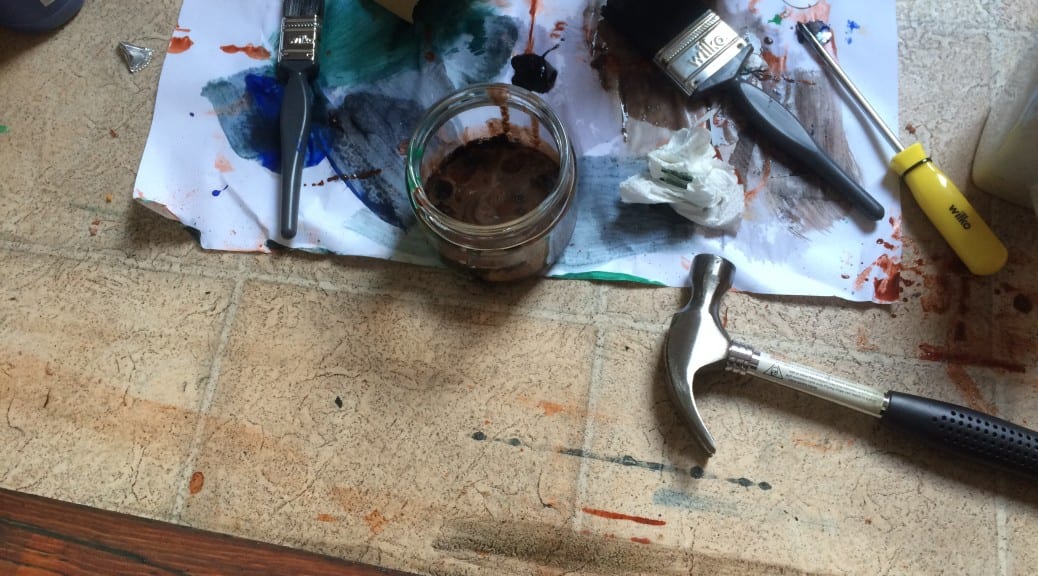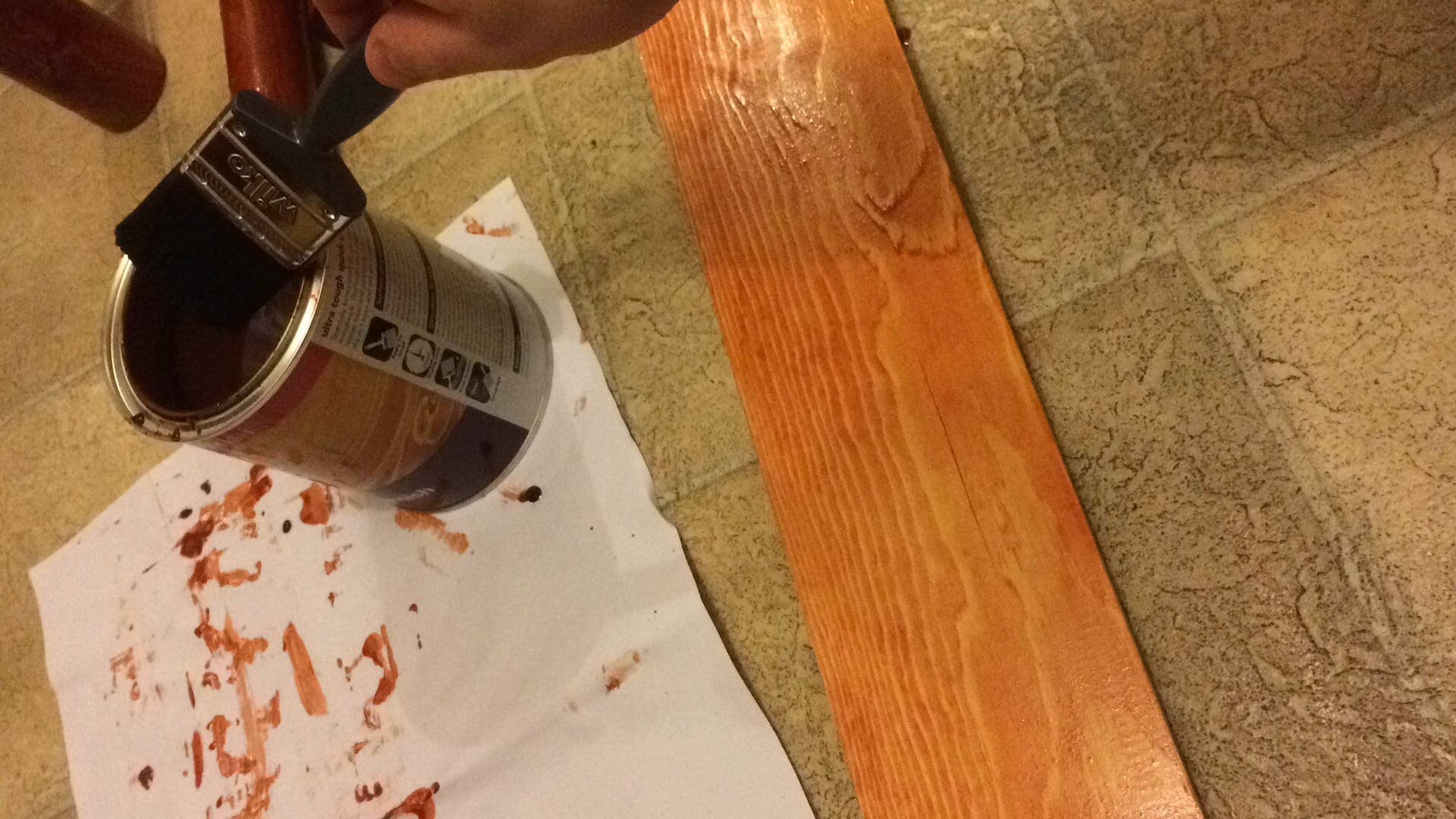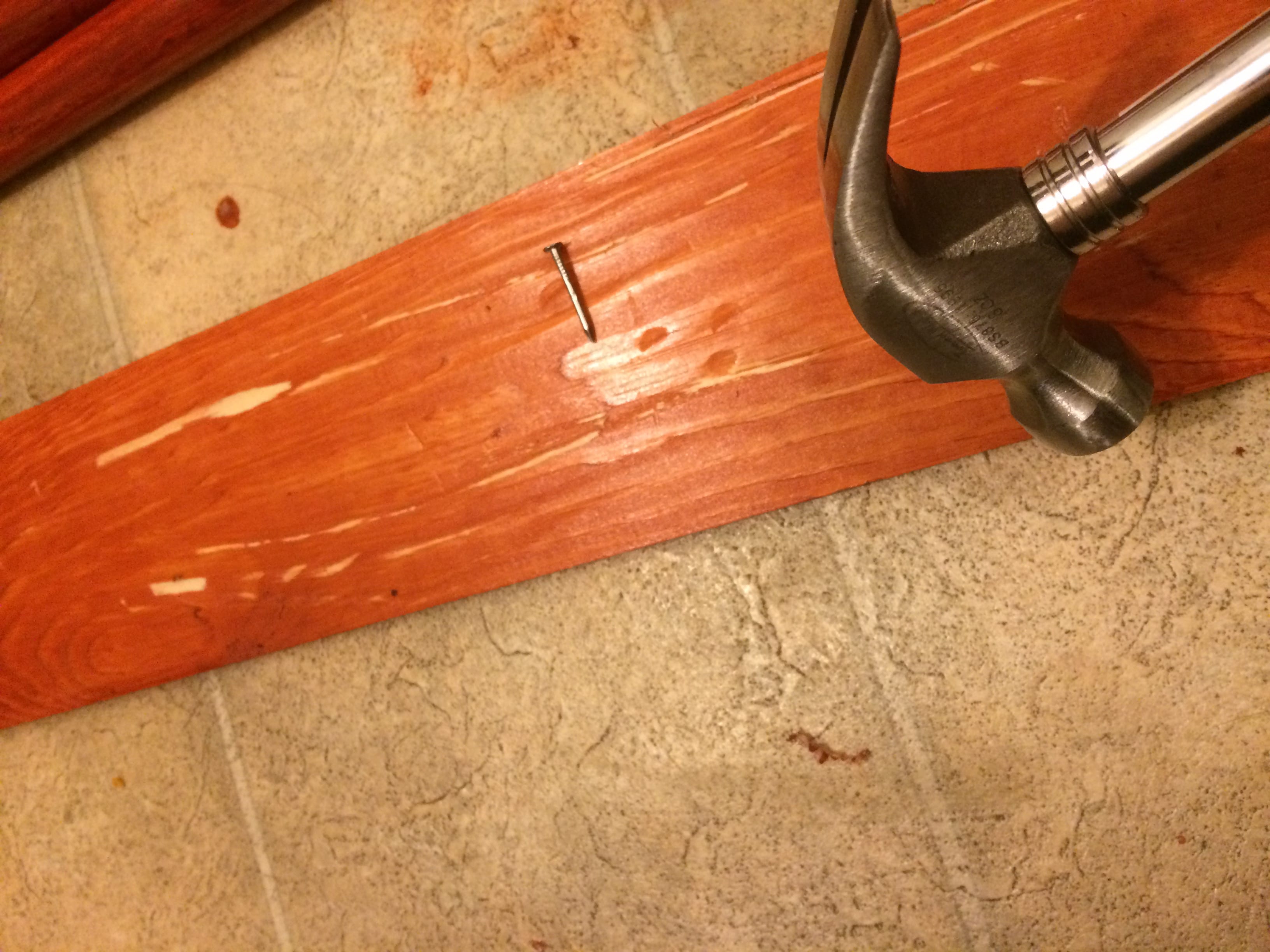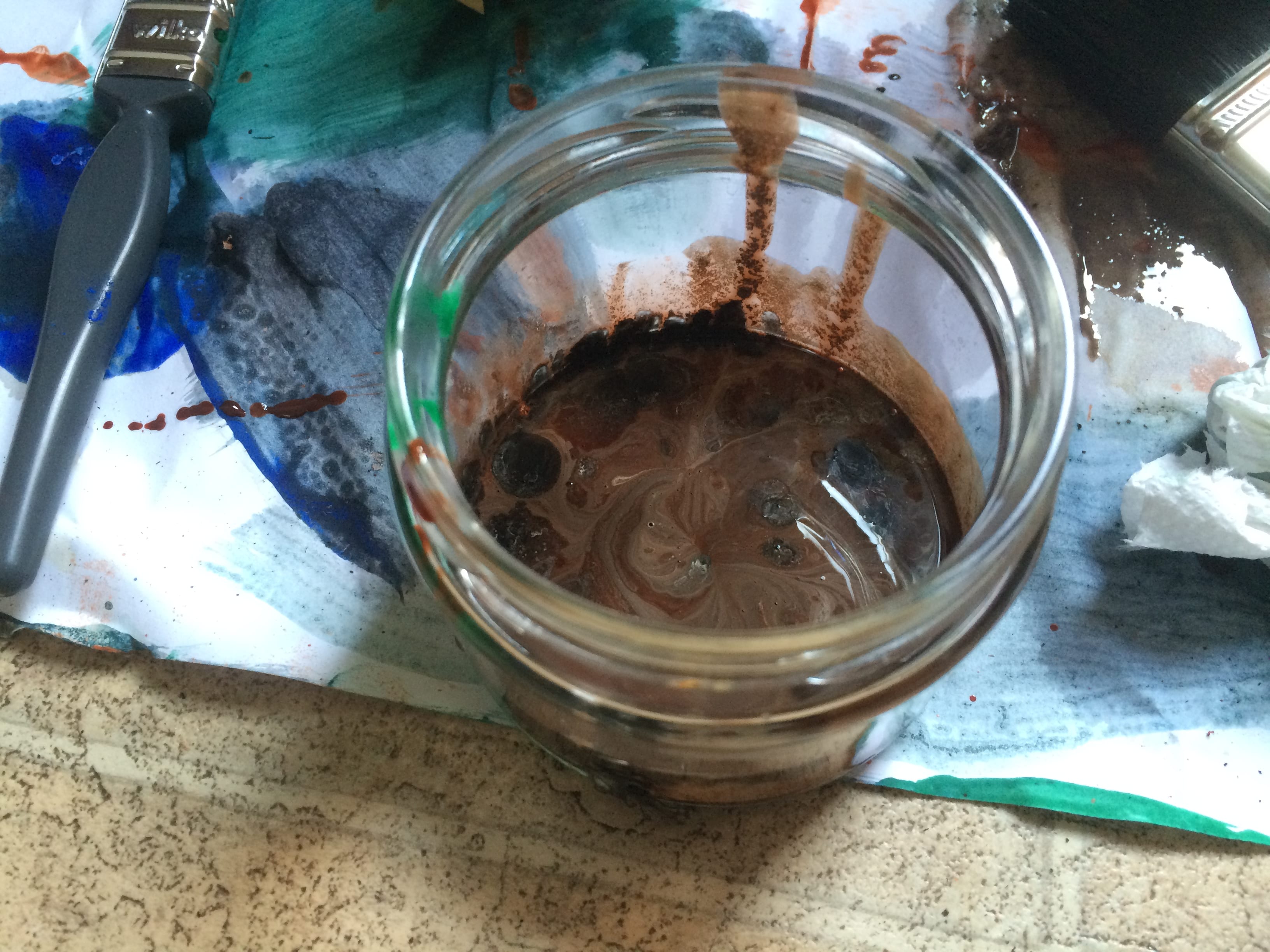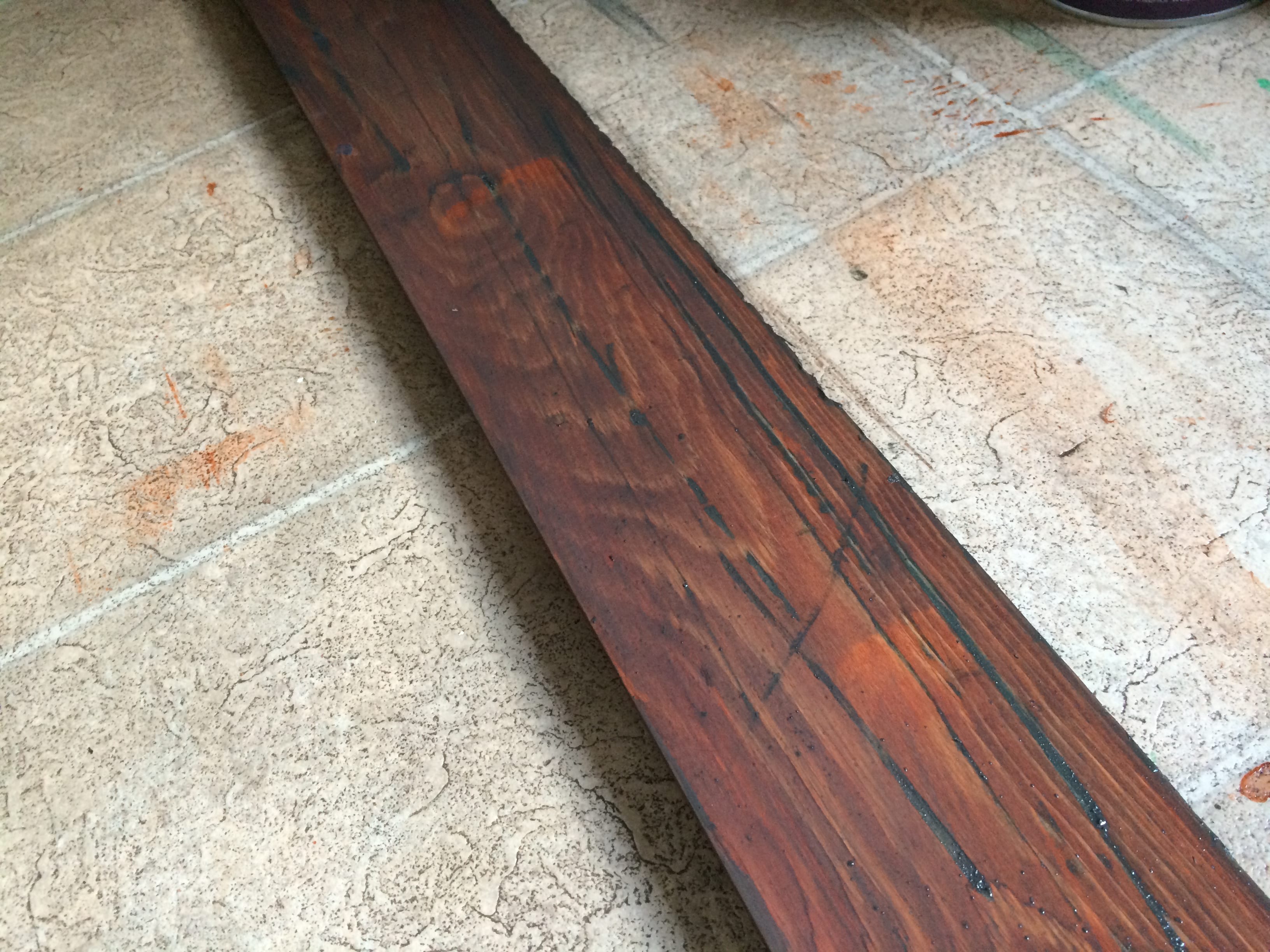Throughout the process, my primary aim for the show was to tell the audience a detailed and light-hearted story that was interactive and engaging. I felt I did this successfully. My performance has seen many alterations – going from an elaborate set with projections and three stories to symbolic props, focused on a single story. Nevertheless, I believe this worked in the best interest of my performance. By focusing on one story, I was able to have more detail and depth without feeling as if I was rushing the story. This is significant as being able to hear and having time to imagine everything I said was vital for a full appreciation of my show. Early in the process, I was concerned that my piece would not be well received by the audience for being either too self-indulgent or simply boring. However, by making use of symbolic items and embodying my dad at various points throughout the performance, I believe I was able to add light-hearted moments that made the story much more interesting for the audience.
In some ways, I wish that I would have allowed more people to attend my show – as limiting the tickets to five people meant quite a few people who wanted to come and see it were not able to. However, by doing so it may have had a negative effect on the closeness that having such a limited audience created. By inviting the audience into my living room and performing within such proximity, I felt it added intimacy my performance – an aspect that I felt was important in an autobiographical piece.
If I were to perform my show again, I would like to have more time to include the remaining stories that were cut from the script due to time constraints. Moreover, I would like to add more description to some areas where I felt could have been defined better – such as the plank that I would have like to talk about in more detail. Additionally, I would like to involve more areas of self-mocking to involve additional areas of comedy to the show. Furthermore, having more time to rehearse with the space and props would have helped make each transition smoother and generally make the performance feel more polished.
I believe it would also be interesting to open the show up to a wider audience to see how that effected the storytelling and whether it damaged the piece at all. I would also like to experiment with an array of lighting and sound effects (as a means of involving the audience more so and aiding the storytelling).
Overall, I believe my show was well received and, therefore, I feel my performance was successful in conveying a fun and eventful story to the audience.


